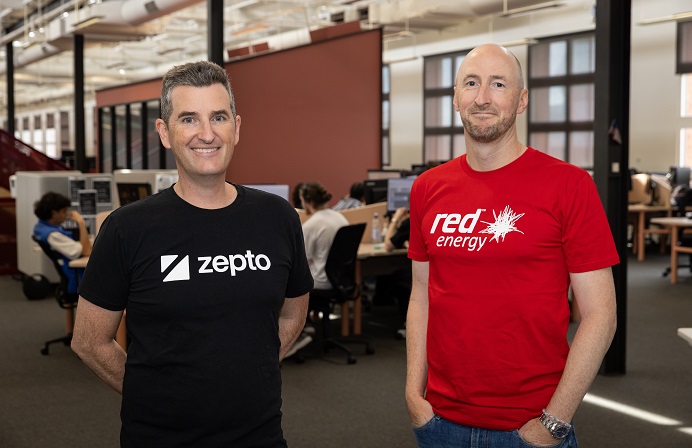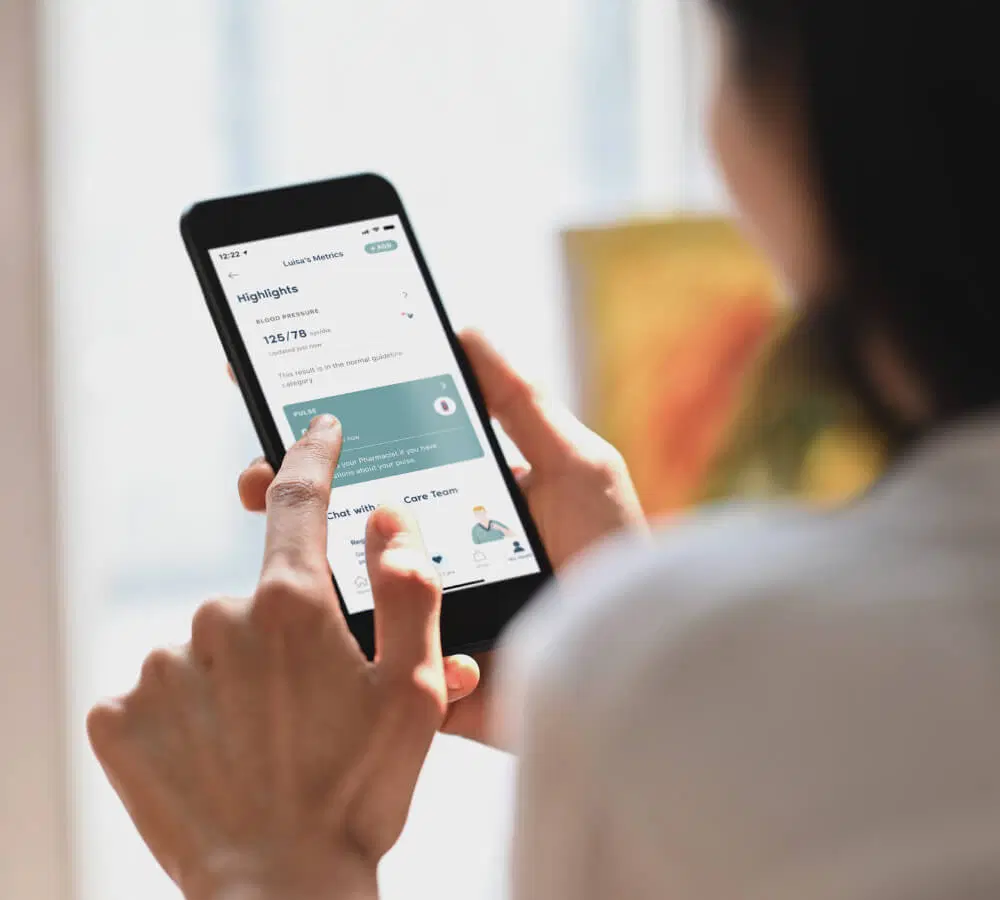
Asia is leading the Asia Pacific region with cardless ATM withdrawals that let bank customers access their money or send money to peers with only a mobile phone.
One of the latest banks to offer this feature is Maybank in Malaysia who launched the service in January 2014. Other banks with similar offerings in the region include UOB in Singapore, CIMB Niaga in Indonesia, Bank of India, and several others.
In Australia, The Commonwealth Bank became the first to launch the feature as part of the bank’s mobile application in April.
Gilles Ubaghs, Senior Analyst, Financial Services Technology at Ovum, suggests the benefit of this feature for banks is to build the brand, and add value to customers, and he highlights this type of service as something that does not add revenue to the bank.
“These types of services are not a revenue generators at all, but are instead an added level of functionality that provides a nice-to-have service… That value add is a relatively little used feature but adds to a convenience factor and positive consumer sentiment factor that can help the banks overall brands,” he said.
UOB became the first bank in Singapore to offer Mobile Cash, a way for customers to retrieve money without the need for a card in December 2011.
At the time of UOB’s Mobile Cash launch, Wendy Teo, UOB’s Head of Group Channels said that the bank was essentially putting a branch in their customers’ hands.
UOB’s Mobile Cash does not just stop at offering a way to access physical cash, added Gilbert Chuah, Executive Director and Head of Internet Channels, UOB Group, “instead of just going to the ATM to get cash without an ATM card, now the recipient can go to the ATM and choose for the mobile cash to be topped-up into their pre-paid card. At the same time we are making another enhancement where the recipient, without having to go to a physical location can visit our website and choose an account for the mobile cash to go into.”
In Malaysia, Maybank became the first bank to offer a similar peer-to-peer (P2P) feature, sending a pin number as an SMS to the recipients phone, helping them then use it at an ATM to withdraw the funds.
In Indonesia, CIMB Niaga offers the service to their customers through their Go Mobile application. The feature called Rekening Ponsel was launched in March 2013; with CIMB taking it a step further allowing customers to use the service without even having to open a bank account.
According to Budiman Poedjirahardjo, Head of Branch and Branchless Banking at CIMB Niaga, users only need to register their mobile phone number with the bank to create a PIN number in order to secure the transactions, making the service attractive to the lucrative unbanked market in Indonesia.
“Since the launch in March 2013, Rekening Ponsel has delivered more than its expected milestone achievements. This proves that there is demand and need in the market to gain access to simple and reliable financial services,” he said.
Regional Disparity
However, Ubaghs highlights that although this feature has developed much faster in certain Asian countries, Asia differs because each country offers a different need and different consumer culture. In comparison, Australia and New Zealand are far more advanced in other technology offerings such as contactless payments, core banking platforms and wearable technology.
“Each market is very different depending on a range of factors including the local infrastructure, consumer culture, and regulatory mandates… For instance Contactless card take-up is way more advanced in Australia and is quite the global leader now, while other markets like Malaysia are only now gearing up for it.”
According to Jeffrey Bahar, Deputy CEO of Spire Research and Consulting, the feature plays an integral part of branchless banking, and non-cash mobile banking services, which has taken off across Asia.
However he acknowledges Southeast Asian banks may be pulling ahead of their peers with high competition forcing banks to differentiate themselves and the drive to provide services to new and underserved customer segments.
Ubaghs notes that it is difficult to compare all of Asia with Australia and New Zealand, but the more mature regions such as Singapore and Hong Kong will be interesting to watch in the payments space.
“Faster payments (or immediate payments) is quite interesting as it opens up a lot of potential for new payment innovations. The Australian NPP wont be live until 2016 or 2017 (I forget the go live date) but I imagine a lot of Australian banks will be watching closely to see what happens in those regions in the near term,” he said.
However Bahar expects this trend to continue, “these two main reasons will continue to drive Southeast Asian banks to being the pioneers and, sometimes the guinea pigs of new e-channel innovations. This trend will continue until the industry consolidates through mergers and acquisition, and when the market reaches a new equilibrium.”





